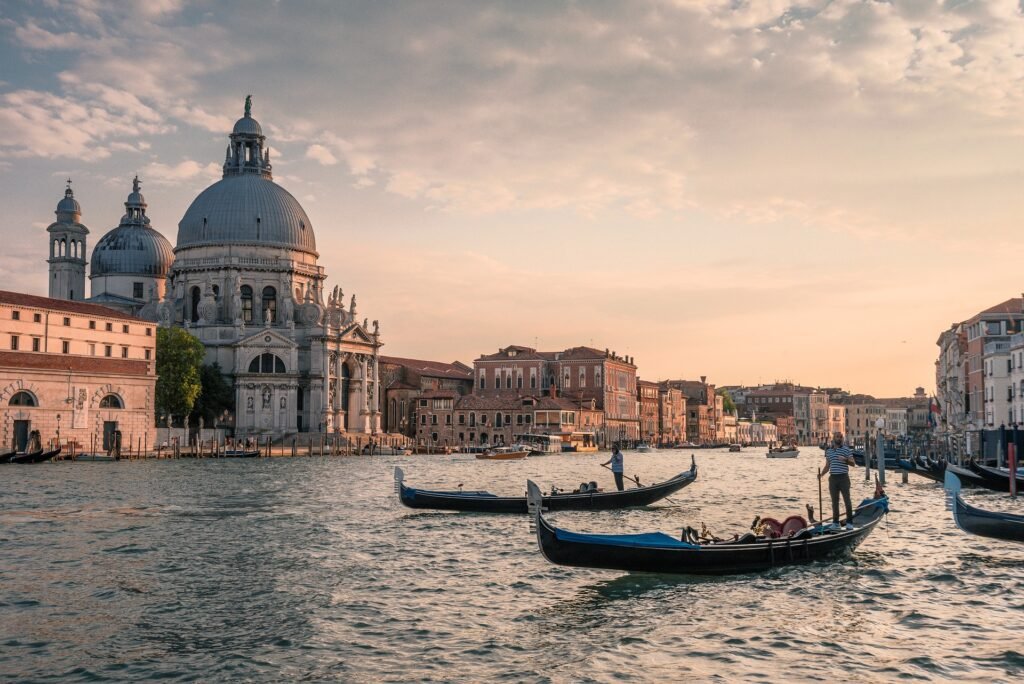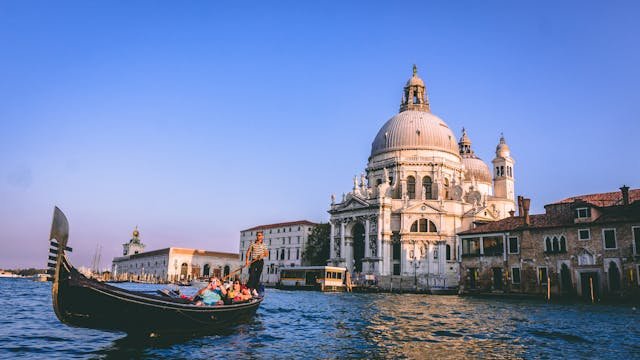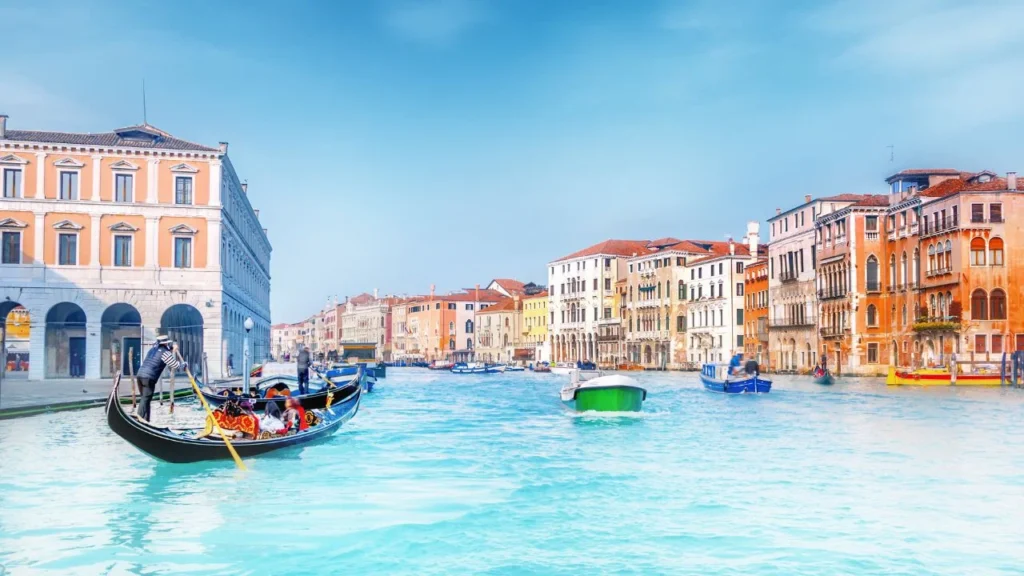Choosing the best time to visit Venice depends on what you want to do and see. Whether you’re craving lively festivals, quieter times with fewer tourists, or the city’s unique winter charm, each season offers something special. To make an informed choice, knowing what Venice has to offer throughout the year can help you plan your perfect trip. In this post, I’ll guide you through the best times to visit Venice, highlighting what each season has to offer. Let’s now explore Venice’s charm across each season in more depth, considering its festivals, weather, cultural vibes, and local tips to help you pick the perfect time for your visit.
Spring (March to May): Ideal Weather, Fewer Crowds
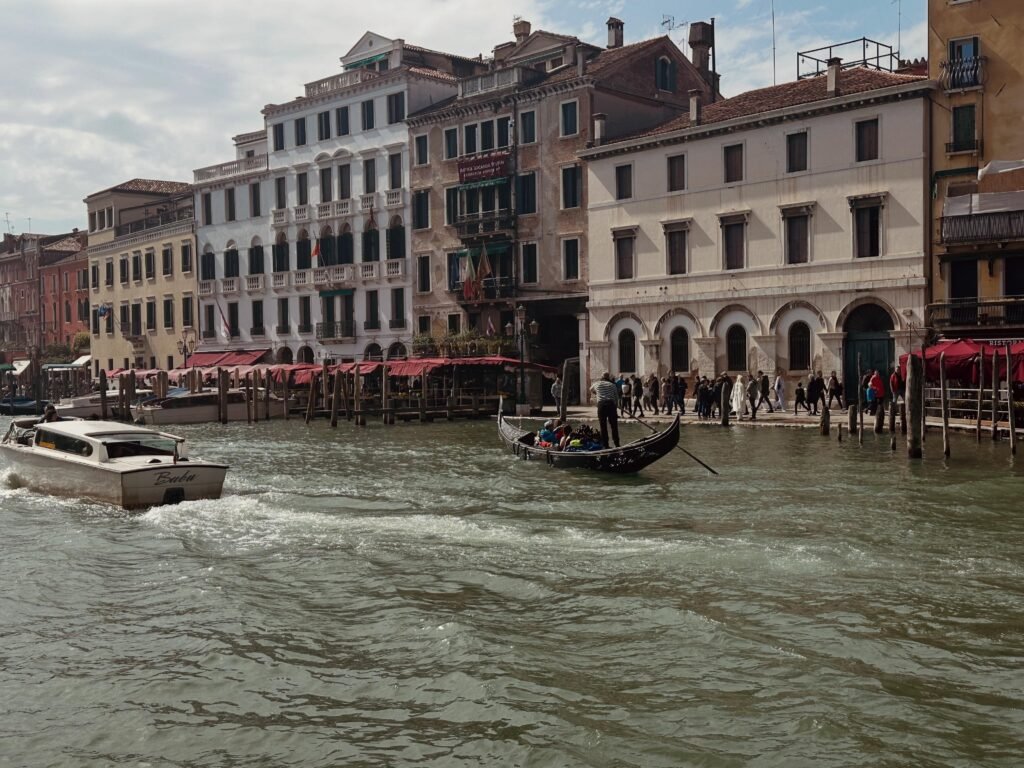
Spring is often considered the best time to visit Venice. The weather is pleasant, the flowers are blooming, and the crowds are still manageable.
- Pros: Mild temperature (12°C to 20°C), fewer tourists, great for walking.
- Cons: Occasional rain showers.
Perfect for: Photography, relaxed sightseeing, and gondola rides without too much wait.
Summer (June to August): High Energy, High Heat
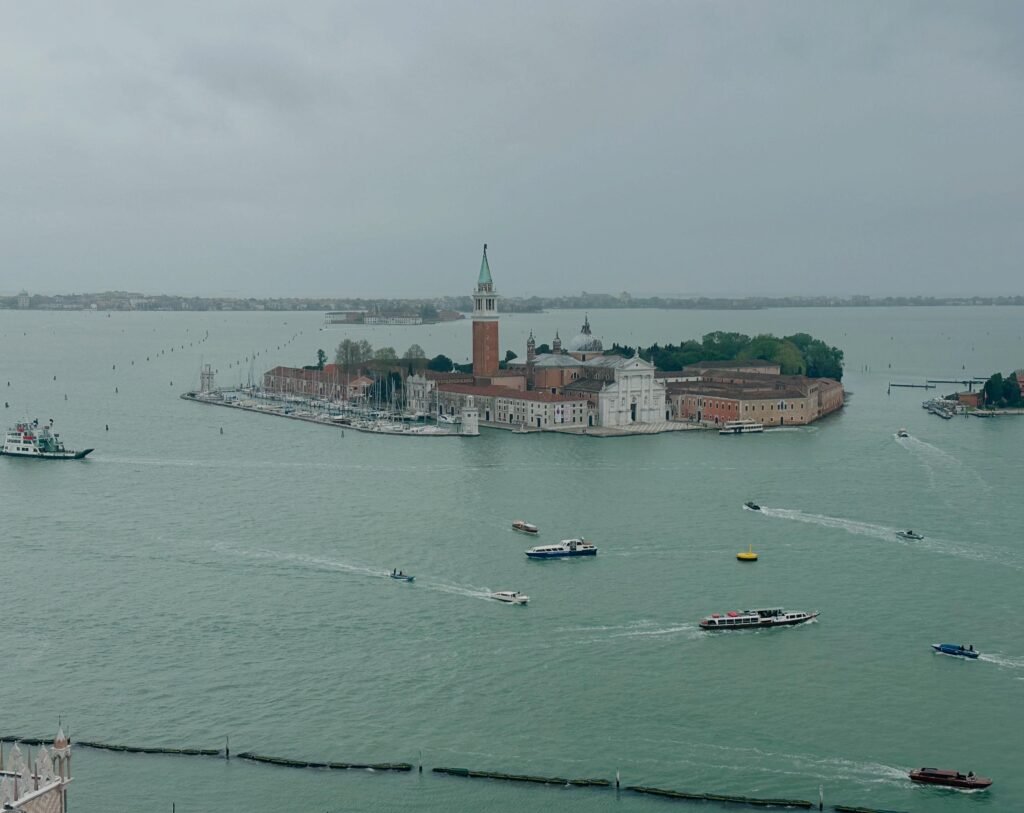
Summer is the peak tourist season. The city is buzzing with events, music, and vibrant life. However, it also means long lines, hot temperatures, and higher prices.
- Pros: Long days, lots of festivals (like Festa del Redentore in July).
- Cons: Very hot (up to 35°C), crowded streets, and higher accommodation costs.
Perfect for: Travelers who enjoy energy, festivals, and don’t mind the heat.
Autumn (September to November): Calm and Colorful
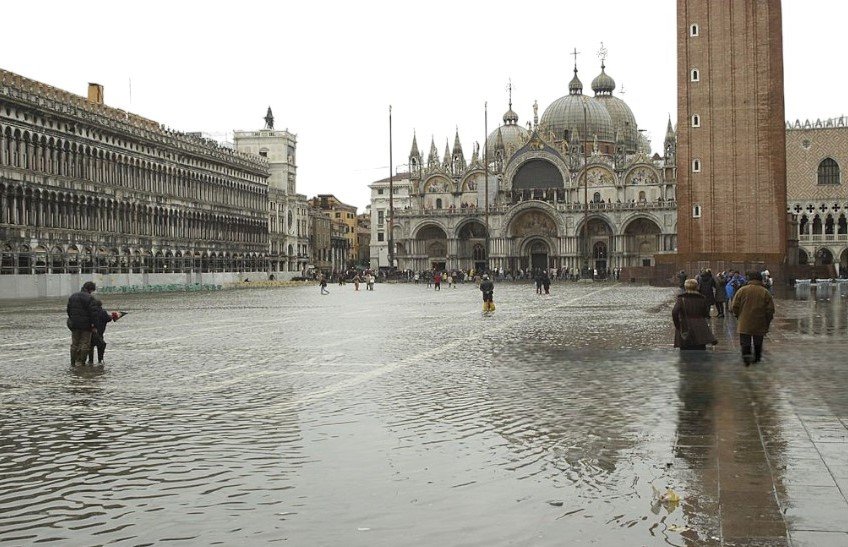
Autumn brings a calm vibe and a golden color to the canals. The temperature cools down, and prices drop after the summer rush.
- Pros: Fewer crowds in October-November, romantic foggy mornings, lower prices.
- Cons: Shorter daylight, possibility of “Acqua Alta” (seasonal flooding).
Perfect for: Couples, budget travelers, and slow tourism.
Winter (December to February): Magical But Chilly
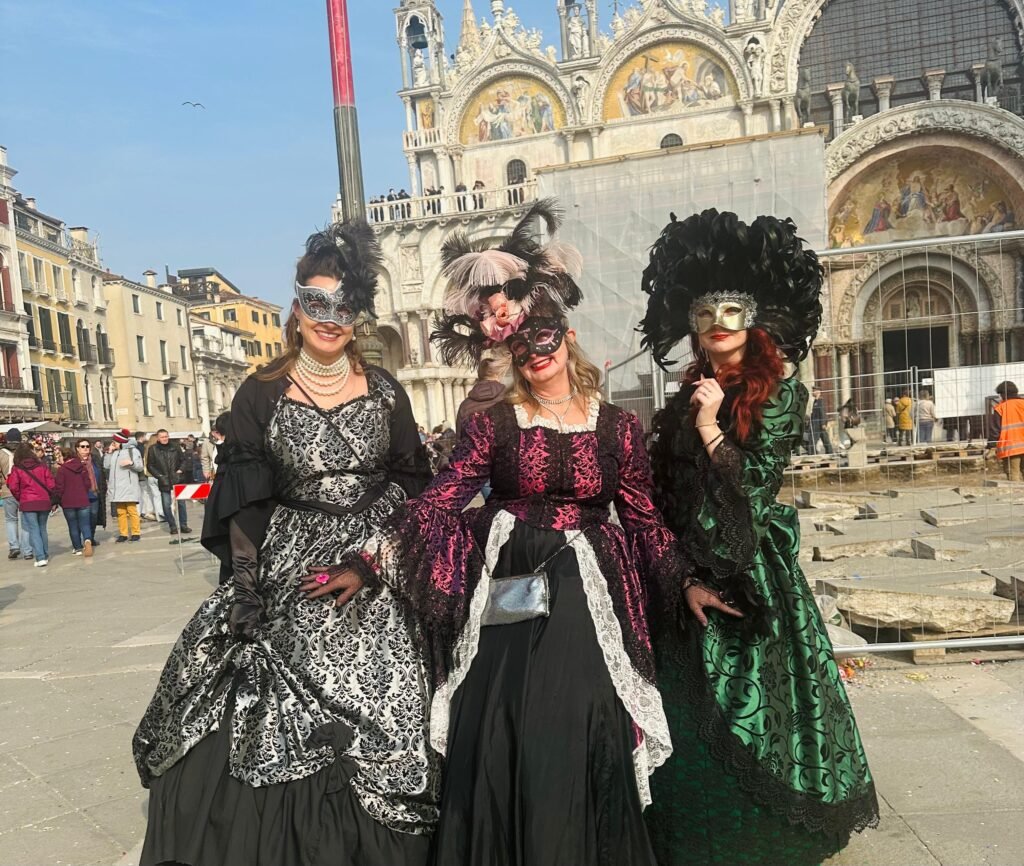
Winter in Venice is quiet, cold, and magical — especially with fewer tourists and misty canals. February brings the famous Carnival of Venice, which is full of masks, costumes, and fun.
- Pros: No crowd, low hotel prices (except during Carnival), beautiful misty canals.
- Cons: Cold weather, some attractions have limited hours.
Perfect for: Solo travelers, cultural explorers, and photographers.
Summary – When Is the Best Time to Visit?
There’s no wrong time to visit Venice. It all depends on what you value — fewer people, better weather, or big events. If you want ideal conditions, late spring (April to early June) or early autumn (September) is often the best.
Whichever season you choose, Venice will leave you enchanted.
Ultimately, the “best” time to visit Venice depends on whether you’re drawn to its lively festivals or prefer its calm, mystical side. Each season offers a different experience of this magical city. Let me know,what kind of Venice are you looking to explore?
A: Summer is the most crowded. Spring and autumn offer a better balance of weather and crowd size.
A: It’s seasonal high water (flooding), mostly in autumn and winter. Raised walkways are usually available.
A: Yes! But book your hotel early — prices and demand go up quickly during this time.

